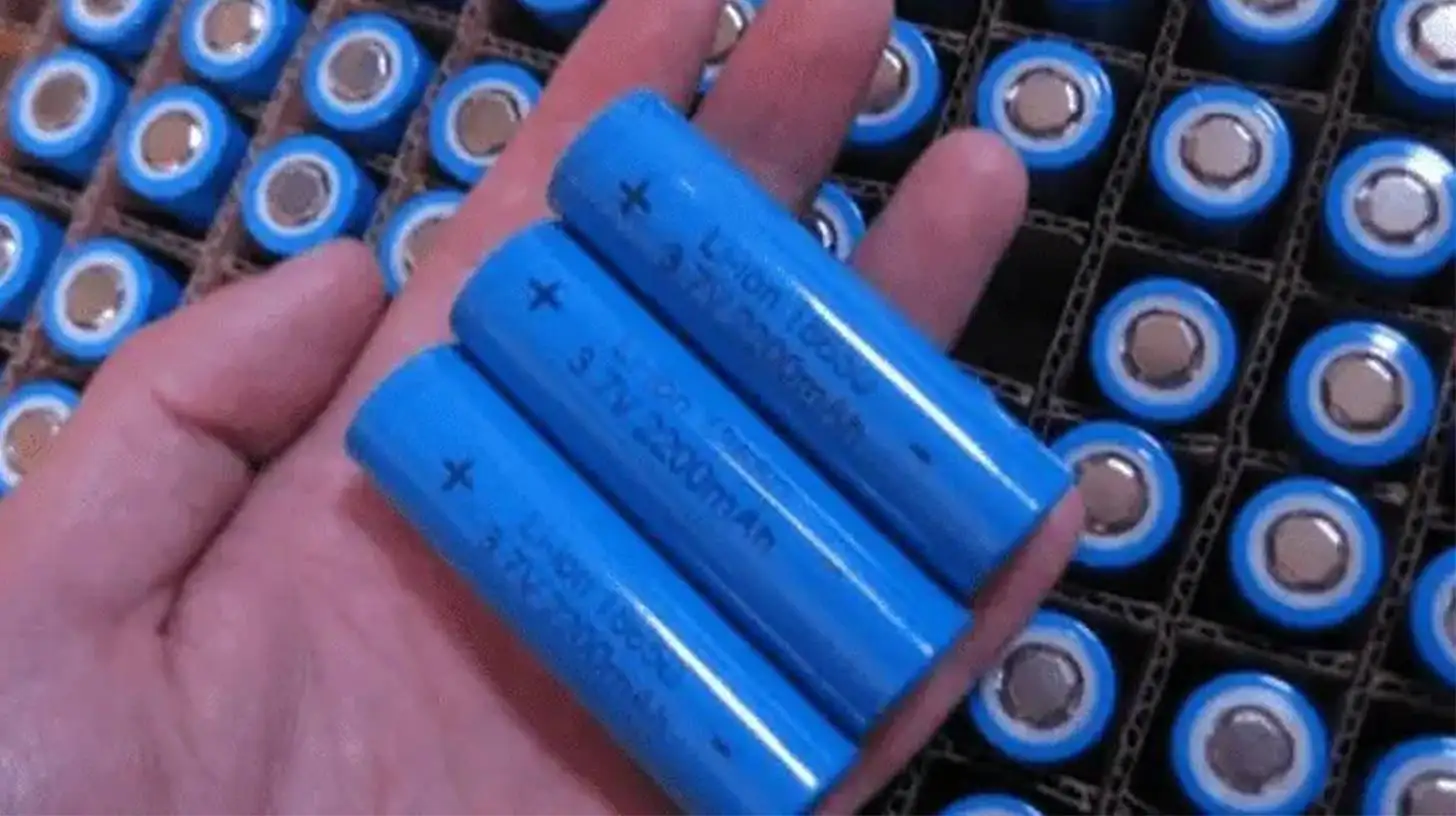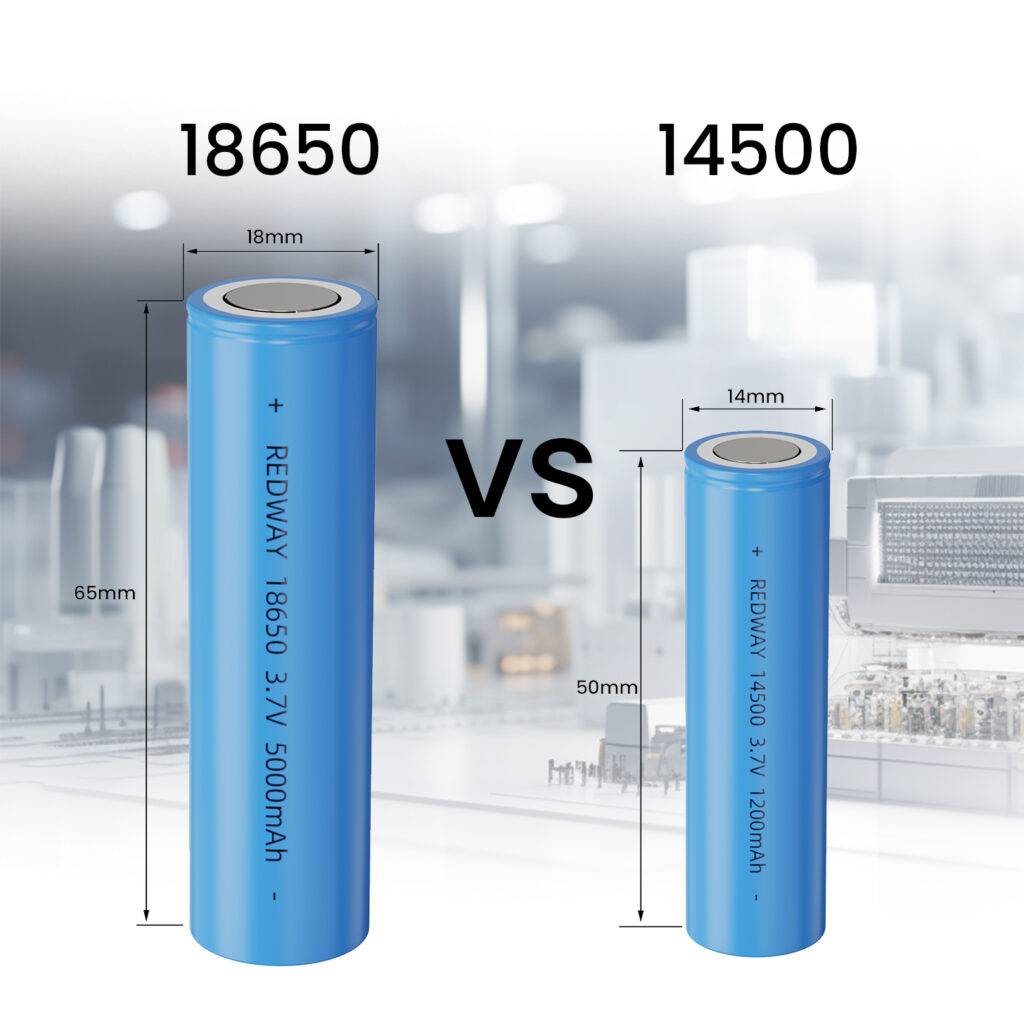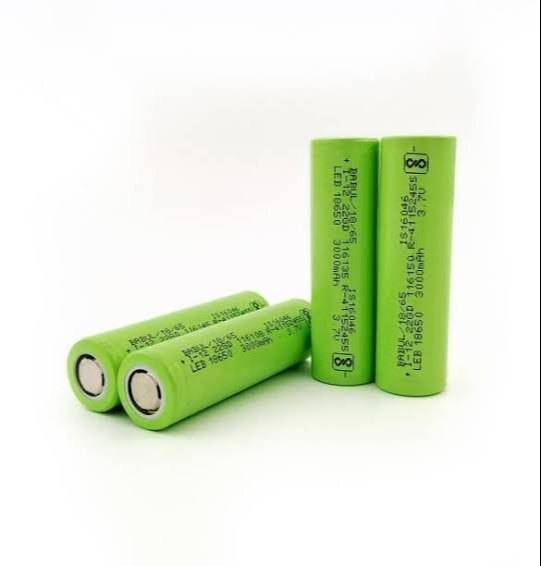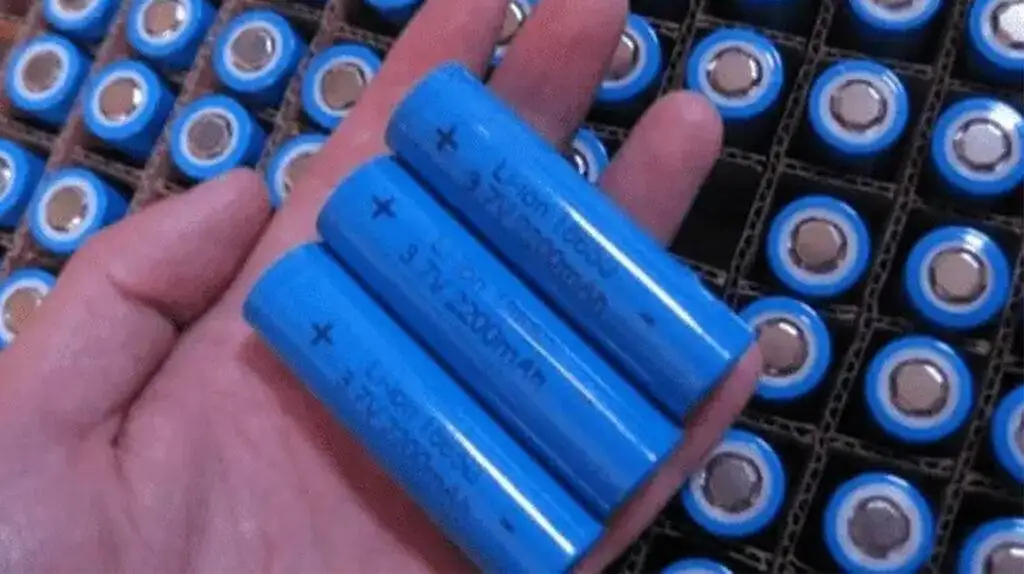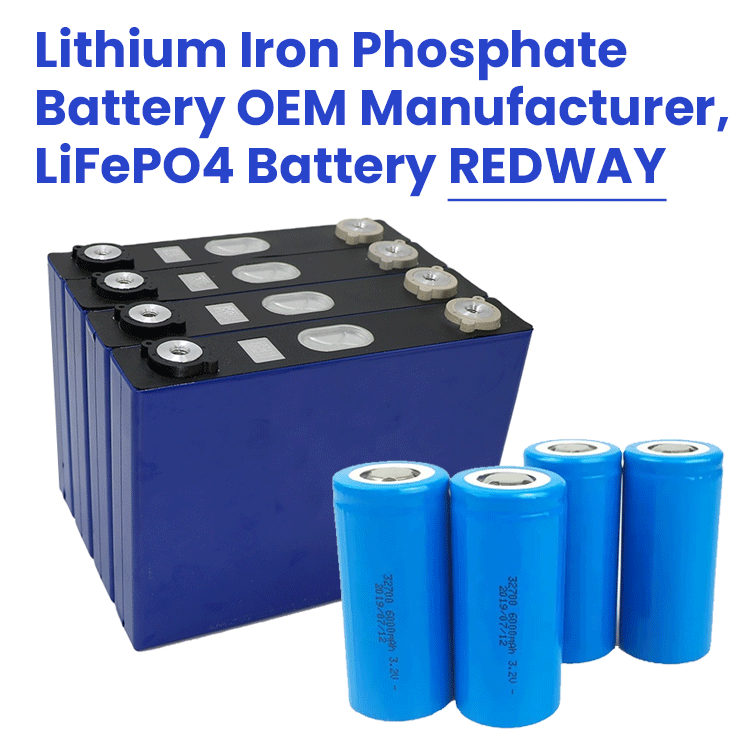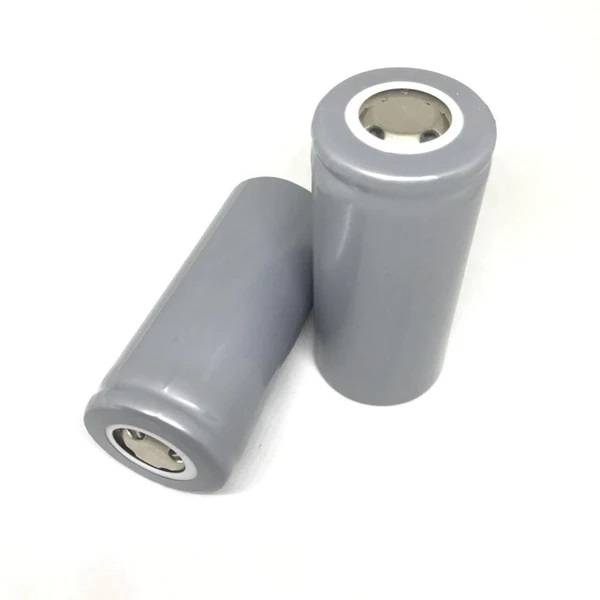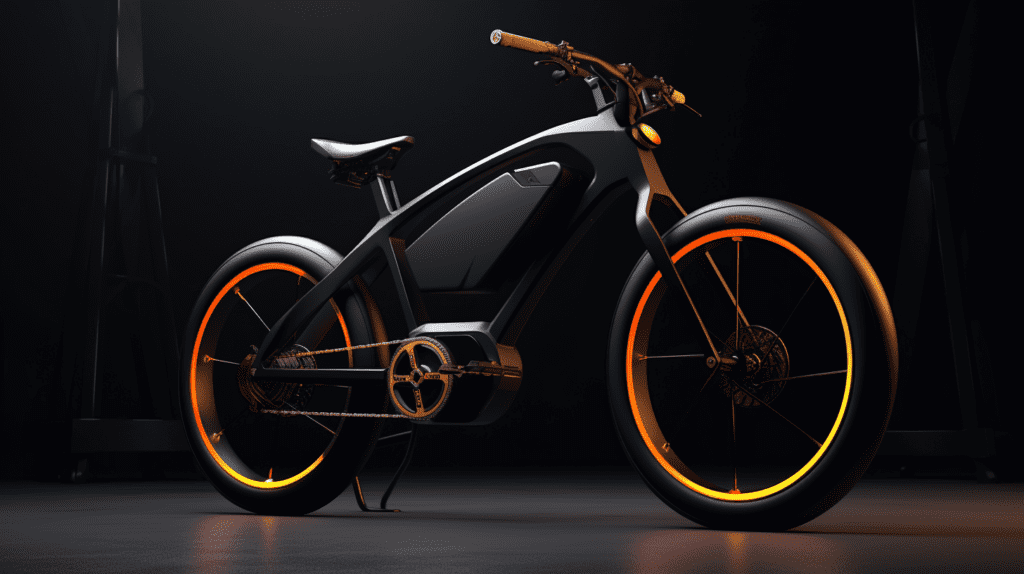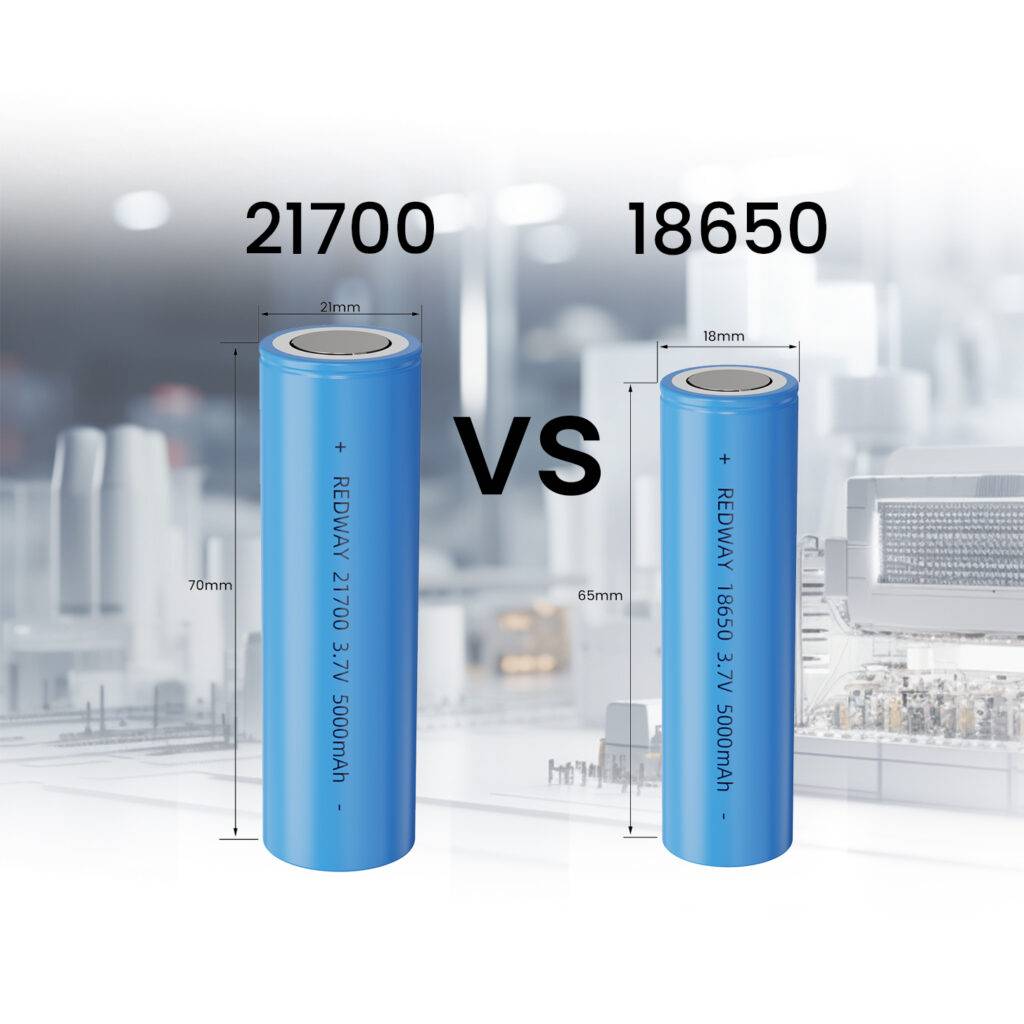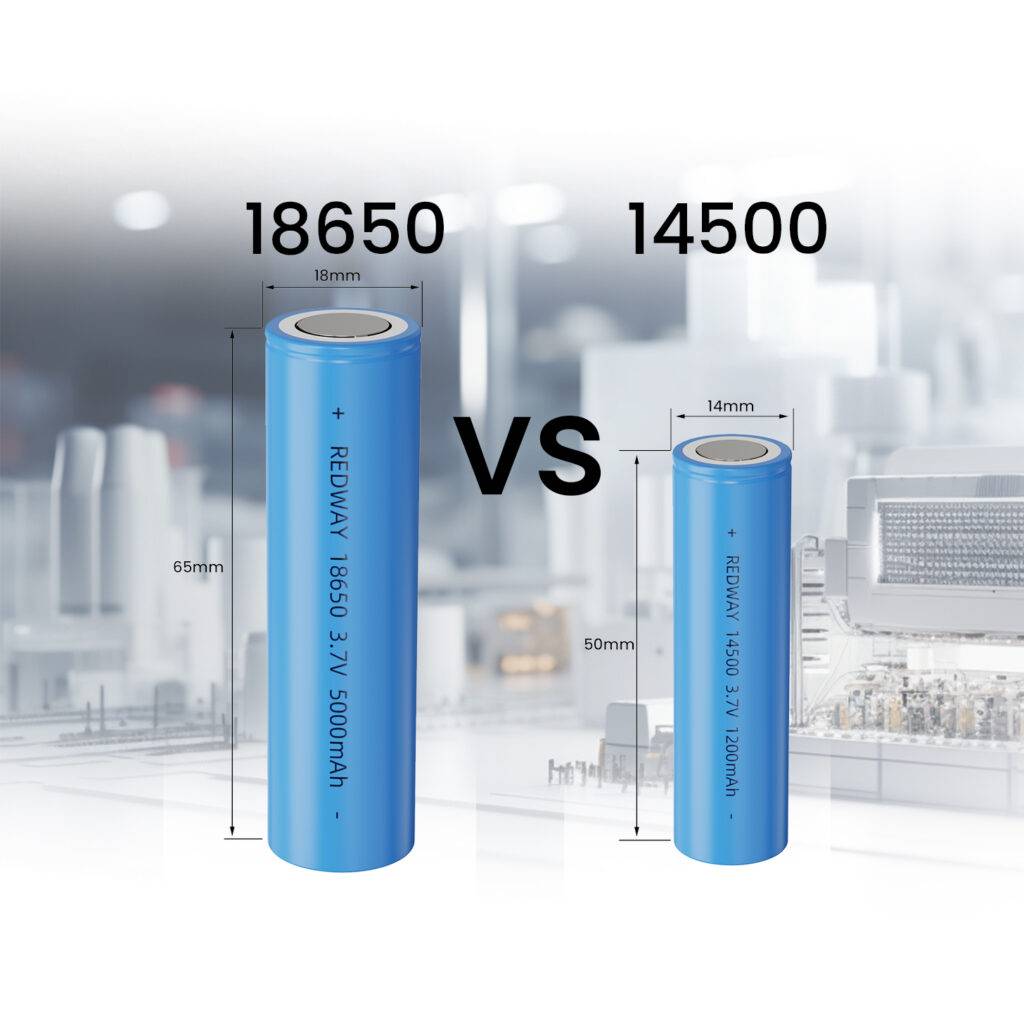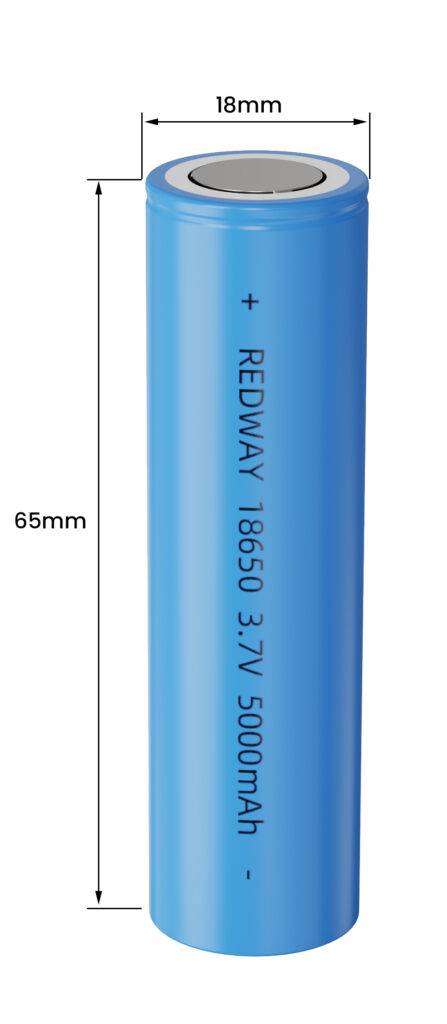The world of portable electronics has been revolutionized by lithium-ion batteries. Among these, the 18650 rechargeable battery stands out as a versatile and widely-used option. Whether you’re a professional or just someone interested in the inner workings of your electronic devices, understanding the 18650 can provide valuable insights. In this comprehensive guide, we’ll delve into everything you need to know about these power-packed cells.
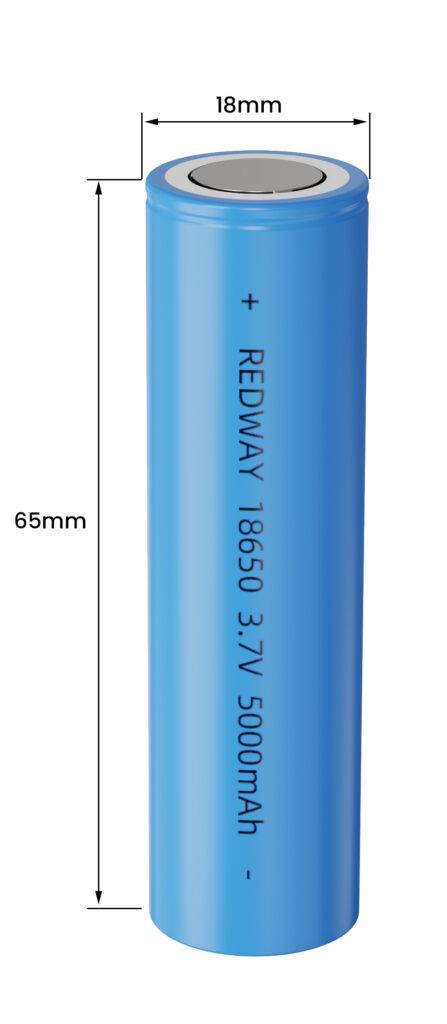
#post_seo_title
1. What is an 18650 Battery?
An 18650 battery is a type of lithium-ion rechargeable battery. Its name, “18650,” denotes its approximate dimensions: 18mm in diameter and 65.0mm in length. It’s similar in shape to a standard AA battery but slightly larger. These cells are commonly used in laptops, flashlights, power tools, and even in the batteries of electric vehicles.
2. Basic Specifications and Features
- Voltage: The nominal voltage for a fully charged 18650 is around 3.7V.
- Capacity: Ranges between 1800mAh to 3500mAh, although advancements in technology are pushing these limits further.
- Chemistry: Various chemical compositions exist, including LiCoO2 (LCO), LiFePO4 (LFP), LiMn2O4 (LMO), and LiNiMnCoO2 (NMC).
3. Advantages of Using 18650 Batteries
- High Energy Density: They can store a considerable amount of energy relative to their size.
- Rechargeability: These batteries can undergo numerous charge-discharge cycles without significant loss in capacity.
- Versatility: Given their standardized size, they can be used in a multitude of devices.
- Durability: With proper care, an 18650 can last for several years.
4. Safety Precautions
- Temperature: Avoid exposing the batteries to high temperatures as it may lead to leakage or even explosion.
- Charging: Use only designated chargers. Overcharging or using an inappropriate charger can damage the battery.
- Physical Damage: Avoid puncturing or bending the battery.
- Storage: If storing for long periods, leave them at about 50% charge in a cool, dry place.
5. Tips for Prolonged Battery Life
- Avoid Deep Discharging: Try not to drain your battery entirely. It’s best to recharge the battery when it reaches about 20%.
- Regular Use: If you won’t be using them for an extended period, ensure they are partially charged and store them properly.
- Monitor Temperature: Charging or using the battery at very cold or very hot temperatures can harm its longevity.
6. Buying Tips
- Brand Matters: Stick to recognized and reliable brands. Cheaper, off-brand batteries might not meet standard specifications and can be potentially unsafe.
- Check Reviews: Before purchasing, go through user reviews to ensure the product’s authenticity and performance.
- Date of Manufacture: Like all batteries, 18650s degrade over time. Ensure you’re buying a recently manufactured battery.
7. Recycling and Disposal
Lithium-ion batteries can be harmful to the environment if not disposed of properly. Always ensure that you’re recycling used batteries at designated drop-off points.
Conclusion
18650 batteries are a testament to how far battery technology has come. Their blend of power, versatility, and durability make them a cornerstone in today’s electronics. With proper understanding and care, you can get the most out of these cells while ensuring safety and longevity. Whether you’re a professional or a hobbyist, knowing your power source is the first step to harnessing its full potential.

